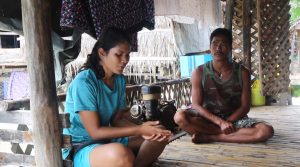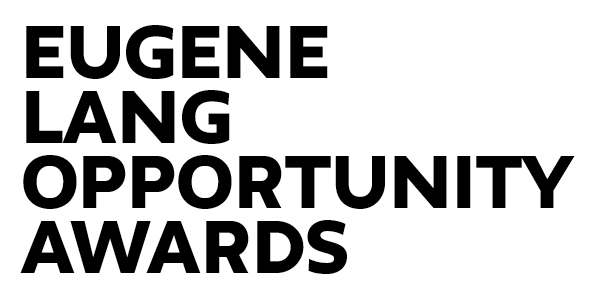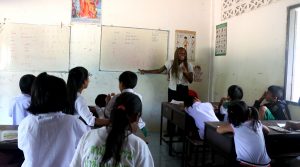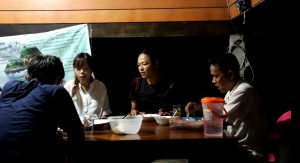This January I spent ten days in the southern Thailand town of Khuraburi, putting a short video and article on community-based tourism. In short, community-tourism is a form of sustainable tourism that allows for both residents and tourists to benefit without exploitation of degradation of the local culture. While the tourist is able to gain a unique cultural experience that goes beyond merely staying in a resort, local residents also benefit by making an income. Thailand in particular is a premier tourist destination. Their economy receives a substantial 550 billion Baht (nearly USD 16 billion) a year from tourism (tourismthailand.org). Their economy depends on the money tourism brings in to sustain itself. However it is not unlikely for a state to have responsible, community-focused tourism that empowers and enriches the local culture.
I was able to carry out this project by working with a non-profit eco/community tourism organization known as Andaman Discoveries. Andaman Discoveries began as North Andaman Tsunami Relief in 2004 when the tsunami hit Thailand. In its early ages NATR set up various relief projects for Thai communities that were impacted by the tsunami. They later progressed to creating relief programs alongside the locals. “We spoke with the locals and said ‘you have these beautiful natural resources that tourists would like to see, how can we set up something so you benefit from what you already have?’” said Tui Chomphusri, director of Andaman Discoveries. The goal was to transition relief to self-reliance for the people of southern Thailand.
One of the programs that Andaman Discoveries has set up is the Burmese Learning Center. The learning center aims to provide education for Burmese children ages five to fourteen. The kids who attend the school are children of Burmese refugees who often treated like second class citizens in Thailand. “Their parents are often poorly educated themselves and fear discrimination, arrest, and even deportation.” Andaman Discoveries was able to create a volunteer program that connects tourists with the school to teach English For a week. I taught English for grades K through 5. The first day was challenging because of the language barrier, but also making sure I was providing a curriculum that aligned with what they were already learning. When I interviewed Tui Chomphusri, she stated that they are having a lot challenges with funding for the school. Andaman Discoveries has set up an online fundraiser to raise money for help pay for teachers’ salaries, student lunches, utilities, transportation for students. Money that volunteers pay to teach at the school is essential for paying the teachers, as well providing supplies for the students.
Aside from myself, the other volunteer present at the learning center was a Canadian retiree by the name of Denis who has been volunteering at the learning center for six years. He said “every year I say that this is my last year, but then a student will show up the next day with an assignment that they’ve done—and they’ve done such a good job…it’s very rewarding.”
I also got a chance to visit the village of Ban Talae Nok to gain insight into Andaman Discoveries’ homestay program. Through a homestay, tourists are able stay with a local family in their home. This offers an opportunity for the visiting guests to gain an authentic cultural experience, as well as exchange their own cultural with the local family as well. I interviewed a student from Taiwan who was was participating in a homestay. She expressed so much gratitude for her host family and the experience she has had.
Through Andaman’s homestay in Ban Talae Nok, guests not only stay in the families’ homes, but also help out at the markets where the families work, learn about the muslim culture of the community, share meals with family, partake in the tradition batik dying of clothes, and so much more. During my short visit, I interviewed Doh—the father of the host family. He stated that being a part of the homestay, and being able to share his culture, brings him immense pride.
Though many host families find great pride in participating in a homestay, Chomphusri mentioned that there are instances where host families are not able to devote 100% into the program because they have to focus on their main jobs. Homestays are merely a second income for the family.
Finally, I visited the Moken people in Koh Surin who were severely impacted by tsunami of 2004. I spoke with the head of the village who mentioned the community is heavily dependent on positive tourism, and is only really able to make money during the months out of the year that Thailand receives a lot of tourist. The Moken people make an income by selling crafts that the women and children create to tourists, teaching tourists how to spearfish, and how to make their craft bracelets and tiny wooden boats. In addition connecting tourists with the Moken people, Andaman Discoveries provides them with medicine and and educational opportunities for the children.
Some children from the Moken Village. They asked if I could take a picture of them.
It was very important for me to ask the head of the village how people in the community feel regarding foreigners coming into village. He said initially they were nervous because they didn’t know what to expect—they were not often visited by tourists prior to the tsunami. Chomphusri added that in the beginning, some tourists would come to the village tours wearing bikinis—this made many of the villagers uncomfortable. As a response, Andaman Discoveries created etiquette guidelines for tourists to inform themselves prior to visiting the village. The head of the village said that after some time the community began getting more comfortable with tourists visiting.

Interviewed the head of the village, and Nattaya Sektheera, community relation manager at Andaman Discoveries who was kind enough help with translating.
I left Thailand feeling great gratitude for the people and my experience. However, I felt like I received more than I gave. By this I mean I learned so much about a different culture, and was surrounded by so much beauty–both the scenery and in the kindness of the people. Leaving the Burmese Learning Center was especially hard—I grew so fond of the children who welcomed me with smiles and warmth everyday.
(The fifth graders at the learning center were teaching me one of their favorite Burmese dances)
This project was only made possible because of the generosity of the Eugene Lang Opportunity Awards. For that, I am immensely grateful.



